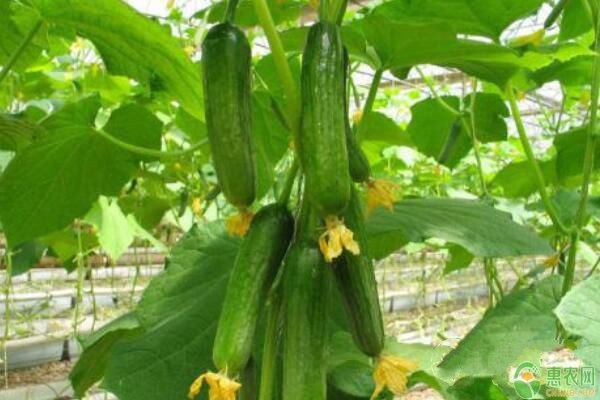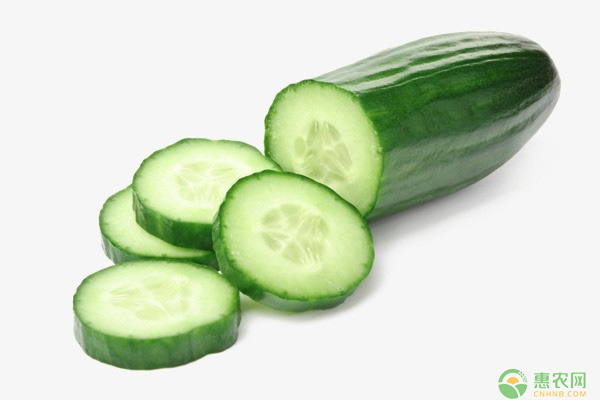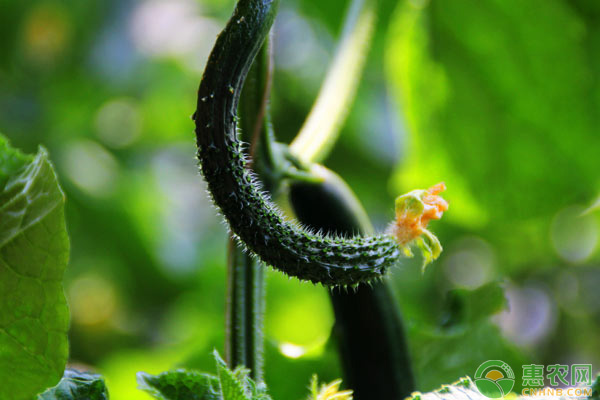Cucumber is something that we basically like everyone to eat, and it also has a lot of practices, it can be eaten raw, can be fried eggs, or cold salad, but growing cucumber is not a very simple thing, such as some of it The disease is very distressing for our growers. In this small compilation, some common diseases of cucumber and its prevention methods are compiled for your reference. 1. Downy mildew: Downy mildew is a fungal disease, and the diseased part is in the upper part of the cucumber. Whether there are water-soaked, polygonal lesions on the back of the leaf, or whether there are gray mold layers on the lesions can be judged as downy mildew. Control method: The pathogen is afraid of drying and high temperature. When the humidity in the shed is large, the temperature can be adjusted to 45 ° C for 2 hours. It is easy to control the disease by spraying appropriate chemical control. 2, gray mold disease: can be harmful melons, leaves and stems, the damaged small melon quickly softens, shrinks and rots, on which the dense gray white mold layer. Control method: 40% iprodione, 75% chlorothalonil for prevention and treatment. It is administered once every 6-7 days, and it is continuously controlled 3-4 times. It is required to spray on flowers and young melons. 3, powdery mildew: first grow a small round white powdery mildew on the front or back of the lower leaves, gradually expanding until they are connected. Control method: Powdery mildew is particularly sensitive to "sulfur", and it can be ignited with sulfur powder to seal the fumigation. When a central disease plant occurs in the field, it is necessary to spray the drug in time. 4, viral disease: cucumber virus disease mainly harms leaves and melons. Both seedling and adult stages can occur. Control method: use the shade net to cool down and shade when raising seedlings, and keep away from diseased crops. 5, bacterial angular spot disease: seedlings on the cotyledons produced round or oval round water-immersed lesions slightly depressed, then brown to dry. In the adult stage, the size of the primary needle is water-soaked, and the lesion is enlarged by the veins and is polygonal and yellowish brown. Control method: spraying with 2% spring seromycin. These are some of the common diseases in cucumber cultivation. The symptoms of some diseases may be similar, so it is difficult to judge. But everyone can identify according to various symptoms, and then prescribe the right medicine. Ketone Test Strips,Keto Diastix Test Strips,True Plus Ketone Test Strips,Ketostix Reagent Strips For Urinalysis Changchun LYZ Technology Co., Ltd , https://www.lyzstrips.com


Testing Method:
step 2: Immediately close the container again.
This protects the remaining test strips from humidity and guarantees strip integrity up to the expiry date indicated.
step 3: Dip the test strip for about 1 second into the fresh urine specimen.
Wipe off any excess urine on the rim of the vessel and blot the edge of the test strip on tissue paper.
step 4: Read the result by comparing the test fields with the color scale on the test pack after 30 to 60 seconds.
Introduction to several common disease control methods for cucumbers (recommended collection)
step 1: Remove a test strip, taking care not to touch the reaction fields.